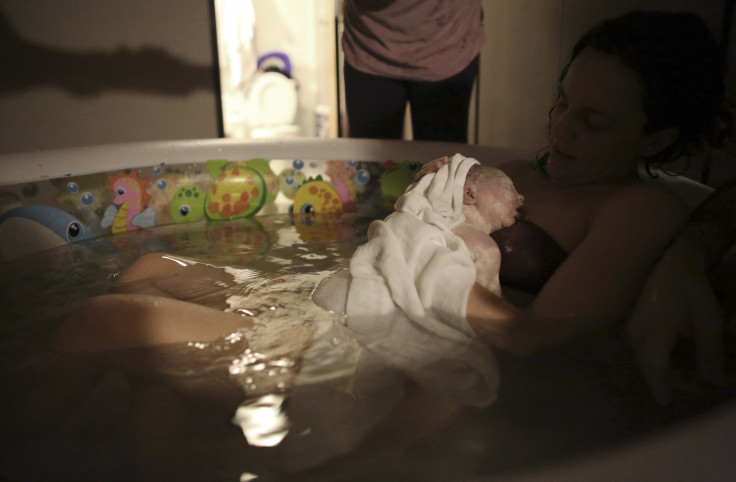Home Birth Rates Have Significantly Increased, But Are They Any Safer Than A Hospital Delivery?

In spite of the risks associated with at-home births, including preterm birth, long-term disability, and neonatal death, out-of-hospital birth rates have increased significantly over the past two decades. Mothers haven't suddenly become laidback when it comes to their child’s safety, so why are more women considering out-of-hospital deliveries? Dr. Aaron E. Carroll from Healthcare Triage answers a question asked by many pregnant women: Are home births safe?
Long story short, women should only consider home births if they have given birth before and are at low risk for complications. While many expecting parents hear the risks tied to home births and immediately decide against it, they may also be blind to the risks that are more prevalent among hospital births, including labor augmentation, assisted vaginal delivery, and Cesarean sections.
According to the Centers for Disease Control and Prevention, home births in the United States increased by 29 percent between 2004 and 2009. More than 53,000 births took place out of the hospital in 2012 with 35,000 taking place at home and the rest at dedicated birth centers. The United Kingdom has adopted a set of guidelines that could lead to more out-of-hospital deliveries. Under these guidelines, healthcare providers should inform pregnant women that there is little risk tied to home births and it should be considered a safe and acceptable option.
A recent study published in PLOS-One found that not only are home births safe, but they can also cut down on healthcare costs. Among 9,864 women who gave birth in British Columbia, 2,243 planned to deliver at home using a registered midwife, 3,610 planned to have a midwife attend their hospital birth, and 4,011 planned to have their child delivered by a physician. Home births were deemed just as safe as hospital births and saved $2,338 (USD $1,787) compared to giving birth under midwife supervision at the hospital, and $2,541 (USD $1,942) under the care of a physician.



























